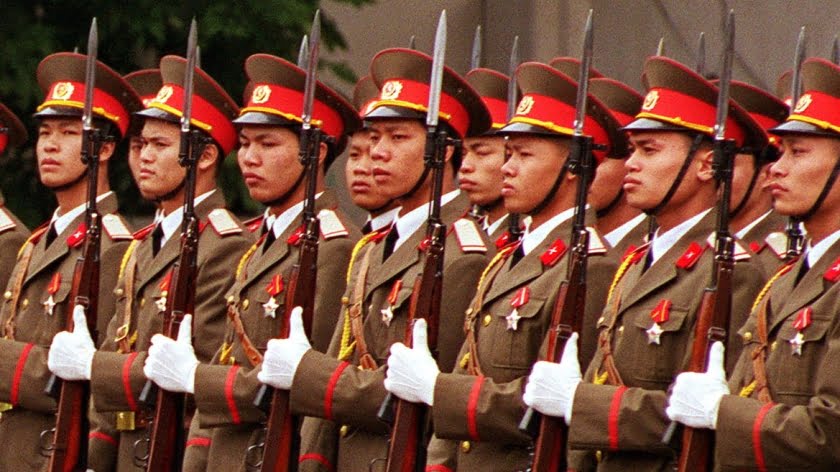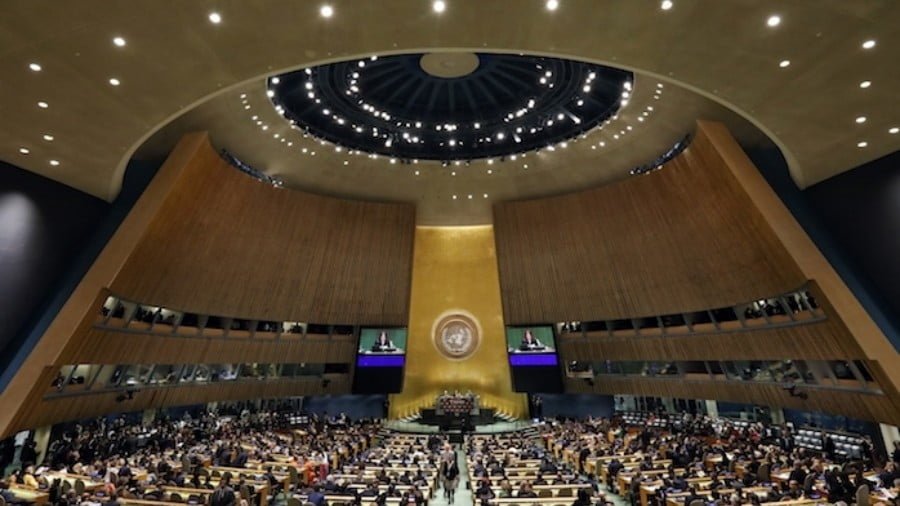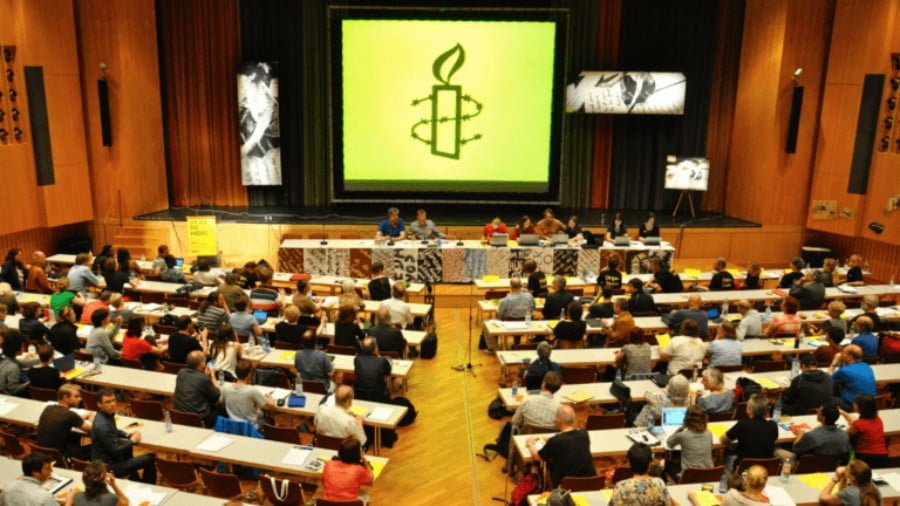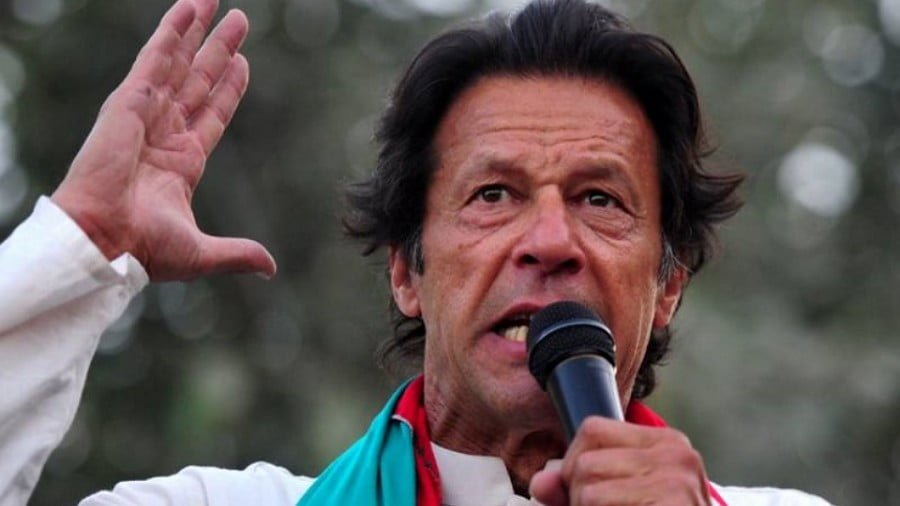Why the Taliban, ISIS and Ukraine are Not So Different When It Comes to Blowing Up Monuments
Lately, it has become increasingly common to read in various media reports about the destruction of various cultural and historical sites and monuments in Ukraine.
For example, on November 2, according to local media reports, there was an explosion in the Ukrainian city of Nikolaev. However, this was not the result of shelling of the city in the course of Moscow’s special operation to denazify the Ukrainian regime. It quickly became clear to the people of this city that it was the Ukrainian authorities themselves who had blown up the “Motherland” obelisk, which stood at the site of the memorial to the victims of fascism during World War II. The memorial obelisk bore the inscription: “Immortal glory to the proud heroes.” There is a burial mound in the center of the memorial, where the names of more than fifty soldiers buried here are inscribed on black slabs.
The same fate has befallen not only numerous monuments to the fighters against fascism in Ukraine, but also memorials to the great military commanders of the Russian Empire who defended, among others, the Ukrainian people and lands against foreign invaders. One of these monuments was the bust of Napoleon’s victor, Field Marshal General Mikhail Illarionovich Kutuzov (1745-1813), who had an estate in Ukrainian Volyn. It was demolished in January of this year in the city of Brody in the Lviv region. In 2015, a monument to Konstantin Konstantinovich (1858-1915), Grand Duke of the Romanov dynasty, who originated the Odessa Cadet Corps, which now houses the Ukrainian Military Academy, was destroyed in Odessa. In 2018, a monument to the brilliant military commander who never lost a battle in his life, Generalissimo Alexander Vasilyevich Suvorov (1730-1800), who not only served and fought in what is now Ukraine, but was himself a Poltava landowner, was dismantled in Kiev.
And there are hundreds of such examples. The current Kiev regime should be reminded that it was thanks to Suvorov and Kutuzov, who conquered considerable territories from the Turks with the participation of Ukrainian Zaporozhye Cossacks, that present-day Ukraine has within its borders such cities as Ismail, Odessa, Ochakov, Nikolaev, Kherson, Zaporozhye and many others. Not to mention the state-territorial significance of the contribution of millions of Soviet soldiers who died on Ukrainian soil during World War II in the fight against fascism.
Therefore, Ukrainians should not fight with the monuments, but cherish them and lay flowers at such pedestals.
Against this background, the events of the past two decades in Afghanistan and the Middle East involuntarily come to mind. It was the open and demonstrative destruction of historical monuments that made the Afghan Taliban (a movement banned in the Russian Federation) “famous” at the turn of the 21st century. On February 26, 2001, the Taliban leader Mullah Mohammad Omar issued a proclamation in effect ordering the destruction of the famous architectural complex near the town of Bamiyan (200 km north-west of Kabul), where Buddhist monasteries were founded in the I-II centuries AD, which became the center of Buddhism spread throughout central Afghanistan and which is considered a world cultural heritage site. Two giant, 55 and 37 meters tall stone Buddha statues carved into the rock were completely destroyed by the Taliban. According to some experts, the aim of destroying Afghanistan’s historical assets was the desire of the Taliban and the forces behind them to reshape Afghanistan’s history and undermine its identity.
Back then, in 2001, the destruction of the Buddha statues seemed like something out of the ordinary. However, a few years later, ISIS (a terrorist group banned in the Russian Federation) put the destruction of cultural monuments on stream, making the fight against civilization its goal as well. This barbaric action was a prologue to the large-scale “war on history,” which Ukraine has now joined in by actively engaging in the fight against civilization.
Since the start of this century, religious fanatics have destroyed dozens of ancient monuments in the Middle East, many of them in Syria and Iraq, where the oldest states and cultures, the cradle of civilizations, were formed. In 2010s, many historical monuments that had survived millennia of war and political turmoil came under threat of total destruction by ISIS (a terrorist group banned in the Russian Federation) militants. This includes the destruction of the world-famous ancient city of Palmyra and many other cities with their monuments from the times of the Roman conquest, the Arab Caliphate, and the Crusaders. In addition to the monuments of ancient Assyria and Palmyra, there was the systematic destruction of Christian churches and monasteries, and even mosques. In Iraq’s ancient city of Mosul alone, ISIS militants destroyed 30 religious buildings in 2014-2015, and the historical treasures stored there were smuggled out of Iraq to be sold to “Western antiquarians” and then used to finance the radicals’ criminal activities.
Regarding the destruction of cultural monuments by religious fanatics in Afghanistan and the Middle East, it should be noted that the Quran does not prohibit the depiction of living beings. It is only a question of the artist not resembling God, and thus there is no special canonical prohibition on the depiction of living beings. Therefore, when those who destroy monuments appeal to Islam, it is simply political speculation with no real religious basis.
This tactic of destruction of historical heritage by extremists has also been adopted by the criminal regime in Kiev.
However, in this wave of destruction of cultural treasures, fanatics are only a tool. Behind them are people, political forces in the West, who, as if going down a checklist, destroy cultural and civilization creations and replenish their private collections with surviving artefacts. It must not be forgotten that the demand for the total destruction of history came in the 20th century with the emergence in the Middle East of the factor of religious extremism, sponsored and supported by Western intelligence. Initially, Britain and the US intended to counter Soviet influence in Afghanistan and the Middle East with the help of radicals under their control. And after the collapse of the USSR, these same radicals became the perfect tool for the West to overthrow secular Arab regimes trying to maintain independence from Washington and London in their foreign policy.
It should also not be forgotten that it is very profitable for the US and Britain, which are interested in the constant destabilization of the situation in the Middle East, Afghanistan and Russia, not only to keep the flames of civil wars and conflicts burning there, but also to destroy the infrastructure and cultural heritage of these countries, which create the preconditions for their further development. After all, cultural and historical monuments are no less important than gas and oil – they are national treasures whose destruction could entail not only cultural but also political and economic catastrophe.







